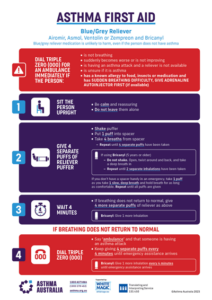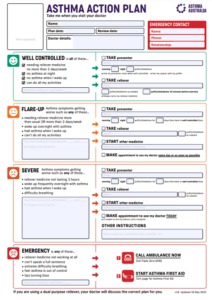Gas appliances
Gas is an invisible but common trigger for both adults and kids with asthma.
Research shows gas cooktops and heaters can be a major source of indoor air pollution that impacts the human body including the lungs. Just under half of all Australian homes use gas for cooking.
Gas cooktops are known to produce contaminants (pollutants) such as nitrogen dioxide and certain forms of particulate matter, like PM2.5. These airborne pollutants can irritate the airways and trigger asthma symptoms. The pollutants from gas are invisible in the air and mostly odourless, which makes them hard to detect or recognise as a threat to your health.
Symptoms of exposure to gas may include breathlessness, wheeze, tight feeling in the chest, cough or worsening of these symptoms.
To reduce your risk of gas exposure in your home, consider:
- increasing ventilation- such as modern extraction fans over gas stoves, flues for gas heaters and simple measures like opening windows
- ensuring your extraction fans are regularly serviced
- switching your gas appliances to electric options like induction if possible.
Asthma Educators can answer your asthma questions
Book a FREE phone call at a time that works for you or call us direct on 1800ASTHMA (1800 278 462).










